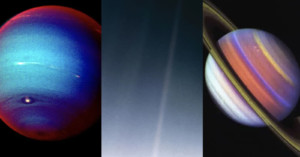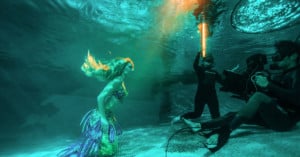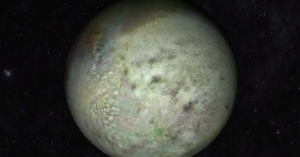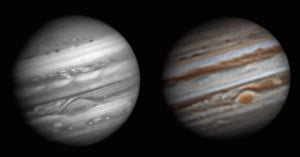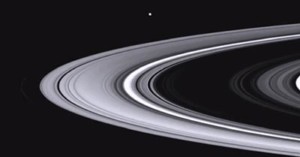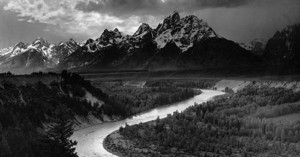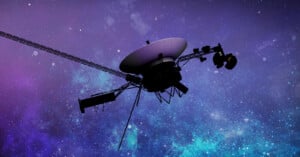
NASA Engineers Are Desperately Trying to Save Voyager 1, the Most Distant Spacecraft Ever
NASA engineers are working hard to resolve a critical issue with the Voyager 1 but communications with the longest-operating spacecraft in history may ultimately be lost.
